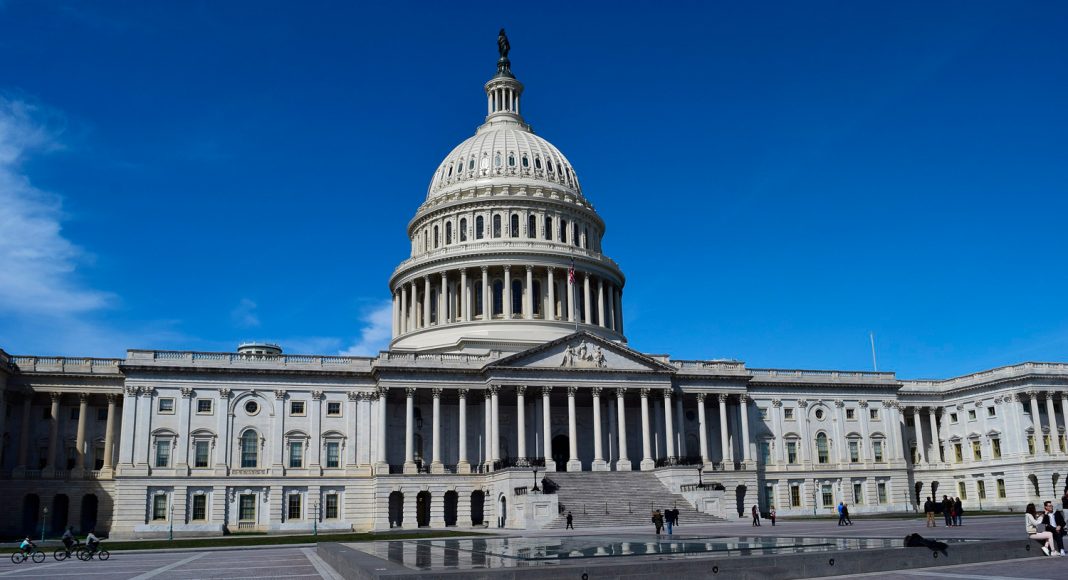Congress lays out expectation for the FDA on Hemp-CBD. The House Appropriations Committee (the “Committee”) publishes reports to accompany annual spending bills. One such report, released on June 3, provided insight on hemp-derived CBD (“Hemp-CBD”). The Committee’s report on didn’t get much coverage in the media, outside of some ace reporting from the folks at Marijuana Moment. Despite that, it’s kind of a big deal because it outlines Congress’ expectations for the Food and Drug Administration (“FDA”) when it comes to Hemp-CBD.
The Committee’s passage on Hemp-CBD starts by focusing on its concerns:
“Cannabidiol Regulatory Pathway—The Committee is concerned about the proliferation of foods and dietary supplements marketed in violation of the Federal Food, Drug & Cosmetic Act (FFDCA), including products containing cannabis and cannabis-derived ingredients. Non-FFDCA-compliant products pose potential health and safety risks to consumers through unsubstantiated and misleading claims such as treating a wide-range of life-threatening diseases and conditions; excessive cannabidiol (CBD) concentrations that can result in harmful drug-drug interactions, somnolence, and elevated transaminases or liver toxicity; and the presence of significant levels of intoxicating compounds such as tetrahydrocannabinols (THC).”
RELATED: Did The 2018 Farm Bill Open The Door To Importing Hemp?
First, the Committee lays out its concerns over unregulated Hemp-CBD. These concerns echo the FDA’s statements on Hemp-CBD, especially the reference to unsubstantiated and misleading claims about CBD. Second, the Committee focused on the safety of CBD itself. This includes how CBD interacts with other drugs, somnolence (which according to Wikipedia is a fancy way to say sleepiness or drowsiness), and liver toxicity. FDA-approved Epidiolex, the epilepsy medication that contains CBD, includes a warning about liver damage. A recent study conducted and the University of Arkansas and published in Molecules found that large dosages of CBD damaged the livers of mice. Third, the Committee raised the issue of elevated significant levels of THC in products. Though hemp only has 0.3% THC, the Committee seems concerned about hemp-derivatives containing excess amounts of CBD or consumers ingesting large doses of THC. The 0.3% threshold is relative, after all and the Committee might be concerned about intoxicating effects in large doses.
The Committee went on to outline its expectations of the FDA:
“The 2018 farm bill expressly preserves FDA’s public health authority to take appropriate actions regarding cannabis, including hemp and its derivatives. The Committee recognizes the FDA is considering a public regulatory process to evaluate the appropriateness, and possible parameters, of a regulatory pathway that would permit CBD in certain foods and dietary supplements. The Committee expects the FDA to assert its commitment to identifying lawful federal regulatory pathways for CBD foods and dietary supplements if such pathways are consistent with protection of the public health. Such pathways may include necessary public health and safety parameters that will protect the public health, such as labeling requirements and limits on CBD or other cannibis-derived ingredients in products, based upon anticipated total exposure levels. The Committee also expects the FDA to preserve the integrity of its drug development and approval processes, which ensures that products marketed for drug uses have undergone a rigorous scientific validation process demonstrating quality, safety and efficacy. It is also imperative that any FDA regulation of foods and dietary supplements containing CBD or other cannibis-derived ingredients preserve incentives to invest in robust clinical study of cannabis, so its therapeutic value can be more fully understood.”
RELATED: Going Postal: USPS Provides Guidance On Mailing Hemp-CBD
The FDA’s marching orders are to figure out a safe way to allow CBD in foods and dietary supplements if that is possible to do while protecting public health. The Committee floats the idea of labeling requirements and limiting cannabinoids based on anticipated exposure levels. Remember that the FDA is a creature of statute. It exists because Congress wanted it to exist. Though the FDA is part of the executive branch, it must operate within the laws passed by Congress. The Committee doesn’t represent the entire legislative body, but it does seem to be in favor of a world where CBD is available in food and dietary supplements. That being said, the Committee also wants CBD in drugs. The FDA must also preserve incentives to research CBD’s health benefits. That research happens when companies go through the FDA’s drug approval process. The Committee doesn’t want to forego the medical benefits that come with CBD being approved for use in drugs.
The FDA has work to do. It recently held a listening session which allowed stakeholders to comment on the FDA’s approach to regulating Hemp-CBD. This latest report from the Committee only reiterates the prevailing expectation that Hemp-CBD will be available both as a drug and as a food/dietary supplement. It remains to be seen how the FDA will get to that point.
For more analysis on this “two-track” theory and the FDA’s position on CBD, check out the following posts:
- A Shift in Nomenclature for Hemp-CBD Products
- The FDA’s Stance on Hemp Derived CBD as a Dietary Supplement (Part 1) and (Part 2)
- USDA and FDA Shed Light on Hemp and CBD
Congress lays out expectation for the FDA on Hemp-CBD, let’s see what is next.
Daniel Shortt is an attorney at Harris Bricken and this article was originally published on the Canna Law Blog.


